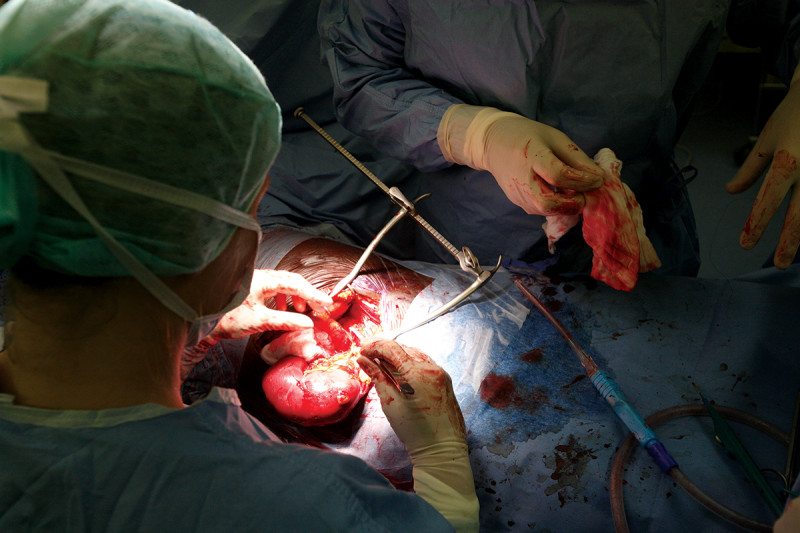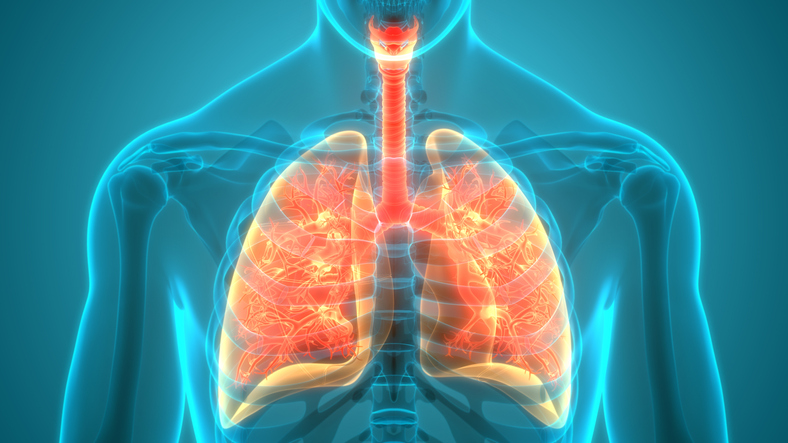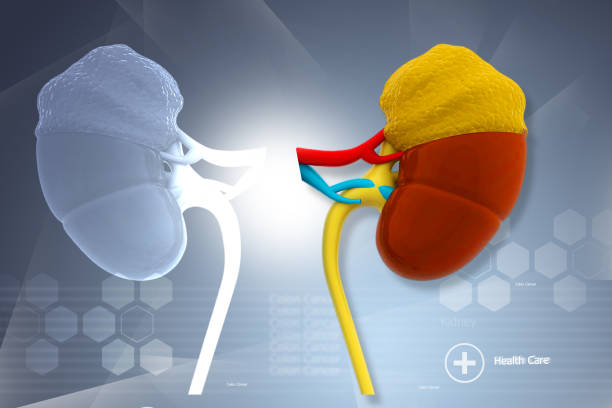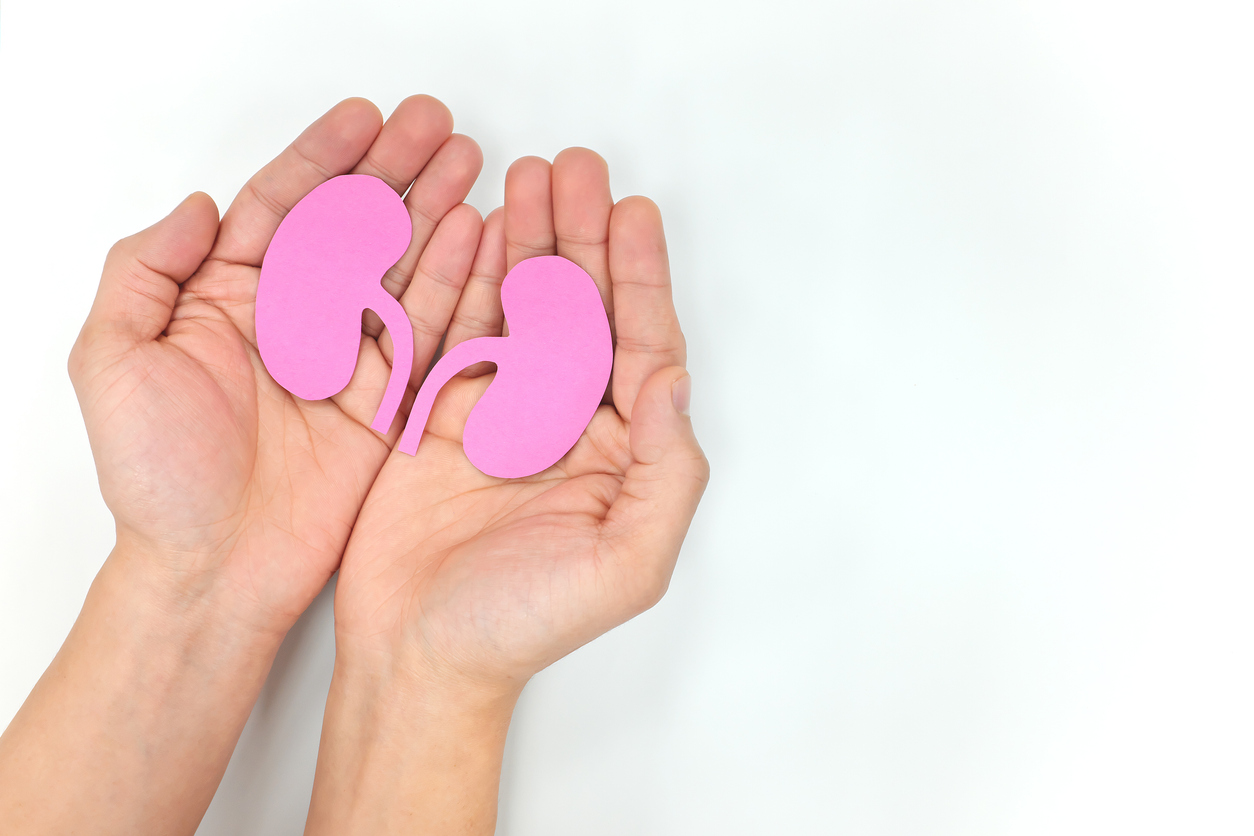“BOSTON — He survived Covid-19, but his lungs were ravaged. After months of deep sedation, he is delirious, his muscles atrophied. And this 61-year-old still cannot breathe on his own.
He was first intubated just after the winter holidays. Now, when he fully wakes, he will see that he is still attached to the ventilator by a tracheostomy tube in his neck. Slowly, he will come to learn that catheters the size of garden hoses are connecting his body to another device, a large extracorporeal membrane oxygenation machine that has taken over the work of his failed lungs.
Gently, his doctors and family will tell him that his lungs are never going to recover, and that this machine is a bridge that will help keep him alive until he can receive a transplant. If it turns out that he is not a transplant candidate — if he cannot build up enough strength, or if he develops a catastrophic new infection or organ failure — the machine will eventually be turned off. And he will die.
He is not alone. Here in my hospital, we are caring for a new population of patients who have cleared the virus but are left with severe lung disease, trapped on ventilators and lung bypass machines.”
Read the full piece, here.







